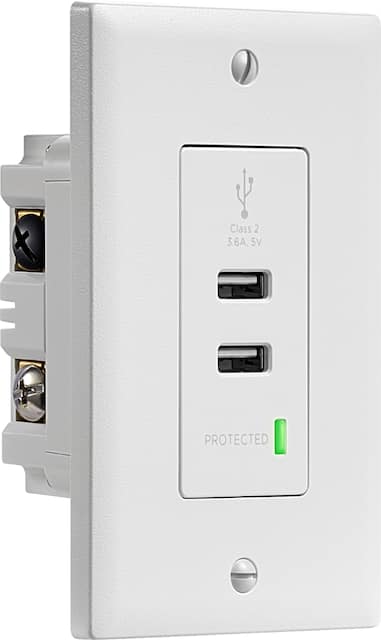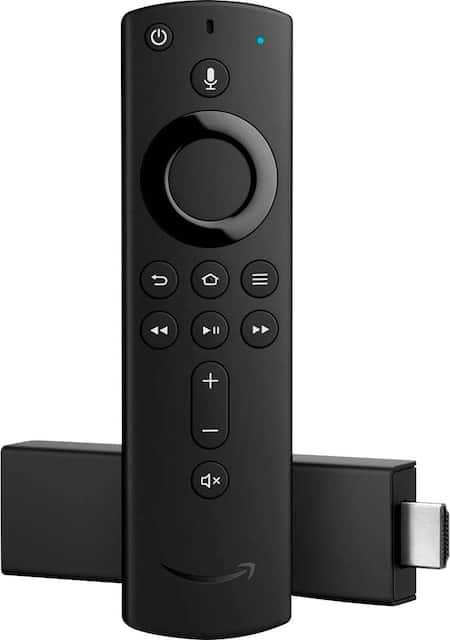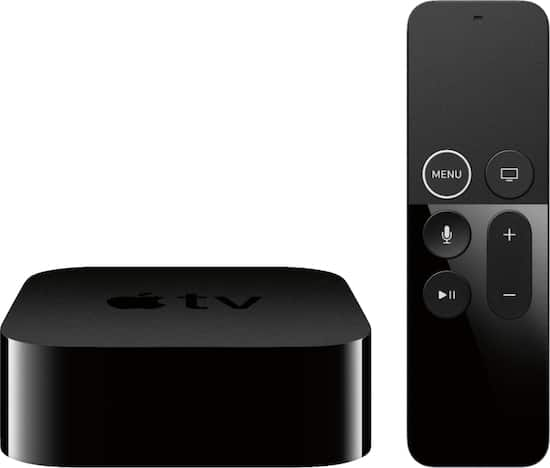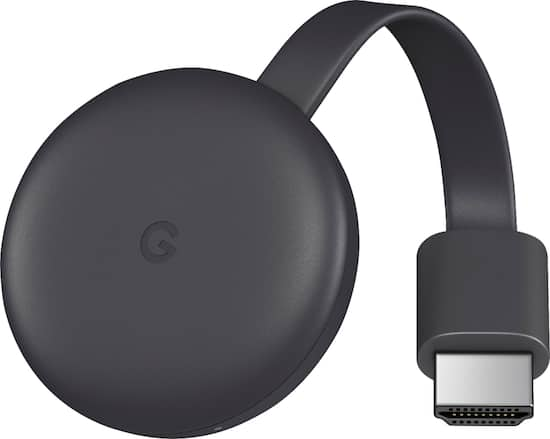Insignia™ – In-wall 3.6A Surge Protected USB Hub – White
Protect your electronics with this Insignia in-wall USB surge protector. It replaces a standard wall socket and provides two direct charging ports for tablets and smartphones.
Additional information
| Product Height | 4.7 inches |
|---|---|
| Product Length | 1.8 inches |
| Product Width | 2.9 inches |
| Product Weight | 0.3 pounds |
| Warranty | 1 year |






by Musik
Best USB hub for its price. WIth surge protector. Speacially for multi users working areas. Save on space.
by Shalom
I used it on the wall behind a wall-mounted tv. Now I don’t have any cable dangling on the wall to power my tv.
by Angel
Not difficult to install, functions and looks great. Once installed, it’s a great product and does exactly what it is supposed to do. Looks good as well.
by Benny
With the future here every room in the house now has USB Surge protect plug recepticle.
by Tunes
Easy to connect. And they work perfect nice product. I recommend to everyone they want to use them .
by Angry
These were used as replacement outlets in a camper because of the USB ports to charge appliance. They work as they should.